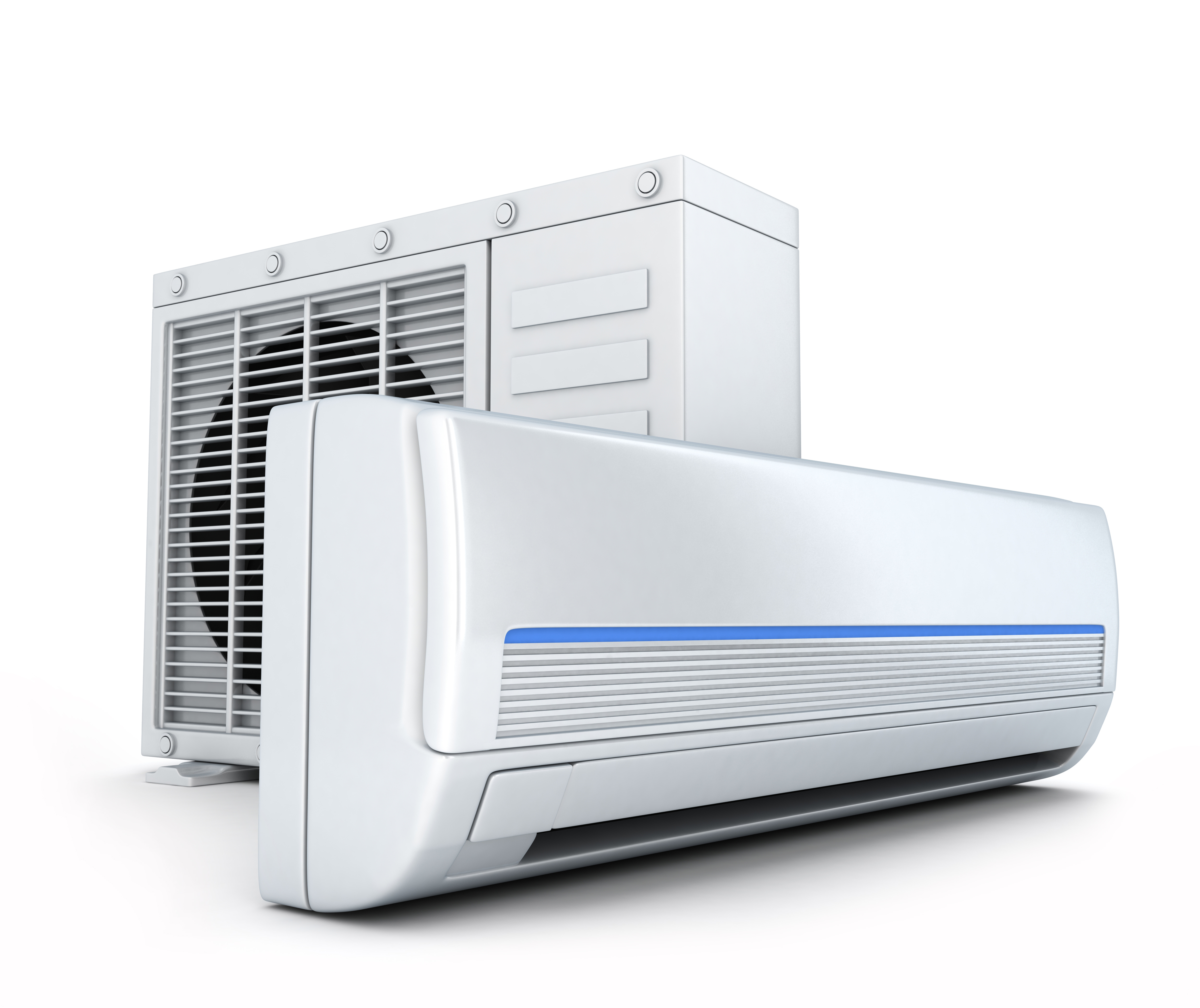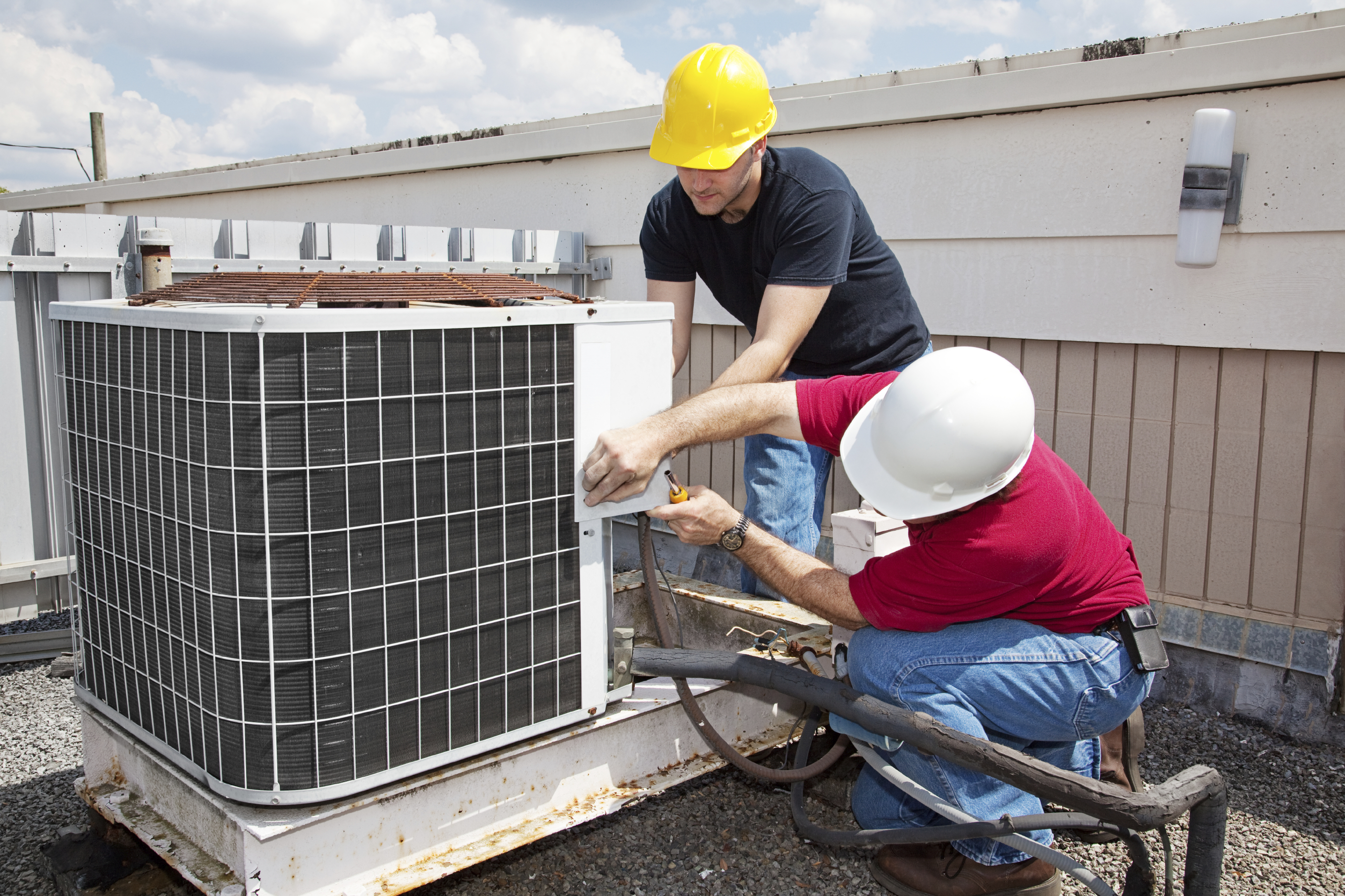A/c Installation in High-Rise Buildings: Special Challenges
Have you ever before asked yourself why cooling setup in skyscrapers provides unique challenges?
The complexity goes beyond just cooling the areas efficiently. From steering restricted space restrictions to attending to upright distribution obstacles, each aspect calls for thorough preparation.
Yet what concerning the architectural factors to consider and making certain ease of access to electrical power for these systems?
These are simply a couple of pieces of the challenge that make dealing with air conditioning installment in skyscrapers a diverse undertaking.
Key Takeaways
- Tactical equipment positioning and sound control are essential in high-rise air conditioning setups.
- Efficient ductwork directing and maintenance accessibility ensure optimal cooling and heating performance.
- Safety, weight distribution, and adherence to building regulations are important for architectural honesty.
- Power performance, access, and smooth integration improve AC system capability in high-rise buildings.
Space Constraints
When setting up cooling in high-rise buildings, you might come across area restrictions that call for careful preparation and ingenious remedies. Limited access to certain areas can present a difficulty during setup. To tackle this, specialized equipment and imaginative handling might be needed to browse through tight areas and reach the marked locations for setting up the cooling devices.
In addition, in high-rise buildings, noise control is essential to assure the convenience and health of residents. The confined spaces and proximity of residential systems in these buildings intensify the effect of noise created by a/c systems. Implementing soundproofing actions, utilizing quieter equipment, and critical positioning of components can aid mitigate noise disruptions for locals.
Vertical Distribution Challenges
Checking out the complexities of high-rise buildings, particularly with regards to vertical distribution, offers distinct difficulties for cooling installment. Ductwork difficulties project in skyscraper frameworks, where directing air ducts up and down through multiple floors can be intricate. Installation logistics come to be necessary, as working with the placement of ductwork and tools in a manner that warranties reliable air flow and temperature level control throughout the structure is vital.
Maintenance access is another substantial concern when it comes to vertical circulation in skyscrapers. Making certain that a/c systems are conveniently accessible for routine upkeep and repairs is crucial for lasting capability. Furthermore, the logistics of tools transportation to greater floors present an obstacle. Relocating heavy a/c devices, ductwork parts, and various other materials up vertical distances calls for cautious preparation and coordination to ensure security and performance.
Structural Considerations
Thinking about the architectural stability of high-rise buildings is important when preparing a/c installations. High-rise buildings are created to support particular weights, and including air conditioning systems can affect the overall weight circulation. It's essential to adhere to constructing codes to make certain that the additional weight from the HVAC systems does not endanger the building's architectural security. Building ordinance detail the maximum allowable loads for various sections of the structure, consisting of floorings and wall surfaces, to prevent overloading.

Correct weight distribution is necessary to avoid irregular stress on the structure's framework, which can lead to structural problems gradually. Heating and cooling systems must be strategically put to disperse their weight evenly and minimize any possible stress on certain areas. Engineers must meticulously assess the building's load-bearing capacity and style the air conditioning installation accordingly to make sure that it meets safety criteria and regulatory needs.
Electric Power Access
To validate the effective installment of air conditioning systems in high-rise buildings, examining the ease of access of electric power is extremely important.
When assessing the electric power ease of access for a/c in high-rise buildings, take into consideration the following:
Closeness to Source Of Power: Make sure that the air conditioning devices lie near power sources to minimize energy loss and assurance effective operation.
Remote Ability: Go with systems that offer remote functions, permitting convenient monitoring and adjustment of the a/c units from a distance.
Energy Efficiency Scores: Focus on air conditioning units with high power efficiency ratings to decrease overall electricity consumption and reduced functional expenses.
Backup Power Solutions: Implement back-up power remedies like generators or battery back-ups to assure continuous operation of the cooling systems throughout power failures.
Heating And Cooling System Combination
When integrating a/c systems into skyscrapers, coordinate seamlessly with existing infrastructure for peak efficiency. Guarantee system compatibility by completely examining the structure's layout and existing cooling and heating arrangement. During the installment process, prioritize efficient assimilation to enhance the total efficiency of the cooling system.
To attain effective a/c system integration, team up closely with designers, designers, and professionals to deal with any prospective difficulties. Conduct an in-depth analysis of the structure's air flow, ductwork, and control systems to make certain smooth compatibility with the new heating and cooling tools. This proactive strategy can aid avoid expensive rework and hold-ups throughout the installment stage.
Integrating heating and cooling systems in high-rise buildings calls for meticulous preparation and specific implementation to ensure peak capability. Implementing advanced technology and energy-efficient components can additionally improve system performance and sustainability. By focusing on seamless assimilation and system compatibility, you can develop a comfy indoor atmosphere while making best use of power efficiency in skyscraper structures.
Frequently Asked Questions
Exist Any Kind Of Particular Regulations or Codes That High-Rise Buildings Must Abide By When Installing Cooling Solutions?
When mounting air conditioning systems in high-rise buildings, regulations and safety and security conformity are vital. Specific codes dictate how these systems ought to be set up to guarantee the security of occupants. Conformity with these policies is important for the proper performance of the cooling units and to avoid potential threats.
It is necessary to adhere to these standards diligently to assure a safe and reliable air conditioning system within the structure.
What Are Some Common Solutions for Sound Control in Cooling Equipments in High-Rise Buildings?
To minimize sound in cooling systems in skyscrapers, think about soundproofing materials and calculated positioning to dampen vibrations. https://fulhamacinstallation.co.uk Select energy-efficient versions with quieter operation.
Normal maintenance checks and prompt repair work can protect against noisy breakdowns. Additionally, using variable speed technology can lower sound levels throughout low-demand periods.
How Do Severe Climate Condition, Such as High Winds or Lightning Strikes, Affect the Installment and Operation of A/c Systems in Skyscraper?

Severe weather like high winds or lightning strikes can significantly affect the installation and operation of a/c systems in high-rise buildings. These climate components can present architectural obstacles, influencing the stability and performance of the systems.
When dealing with such conditions, it is very important to think of the durability of the structure's infrastructure and the longevity of the HVAC parts to guarantee suitable functioning and security.


Exist Any Special Factors To Consider for Incorporating Smart or Energy-saving Technologies Into Cooling Equipments in High-Rise Buildings?
When thinking about incorporating clever or energy-efficient technologies into air conditioning systems in skyscrapers, there are some special factors to consider to bear in mind. Combination difficulties might occur when attaching various systems, and adapting these innovations to work properly in a vertical setting can be difficult.
Nevertheless, energy-saving technologies offer fantastic possible for lowering prices and environmental influence. It is essential to thoroughly intend and carry out these remedies to optimize their benefits.
What Are the Upkeep Requirements for Cooling Solutions in High-Rise Buildings, and How Frequently Should They Be Serviced?
To keep your air conditioning systems in skyscrapers running smoothly, normal upkeep is key.
Maintenance regularity relies on elements like use and system complexity. Usually, it's suggested to have your a/c units examined at the very least once a year by an expert service technician.
This routine upkeep not only ensures top performance yet likewise aids in preserving energy performance, conserving you cash in the future.
Final thought
Overall, installing air conditioning in high-rise buildings provides unique challenges as a result of space restrictions, vertical distribution challenges, structural considerations, electrical power availability, and heating and cooling system assimilation.
It calls for cautious preparation and control to make sure the system operates successfully and efficiently in such complex settings.
By dealing with these challenges head-on and dealing with skilled specialists, building owners can ensure that their occupants remain comfy and awesome also in the tallest of structures.